In a step-by-step narrative, produced by Adam Becker, MacGregor Campbell and Peter Aldhous for New Scientist, is an exploration of possible Earths light years away. Possible planets are marked based on the amount of light they block from their parent star, and then those are filtered based on size and whether or not orbits are in a habitable zone, which leaves possible Earths.
The Kepler telescope did this for a relatively small spot in the sky for four years and found a handful of possible Earths. When you extrapolate, there are many more. [Thanks, Peter]

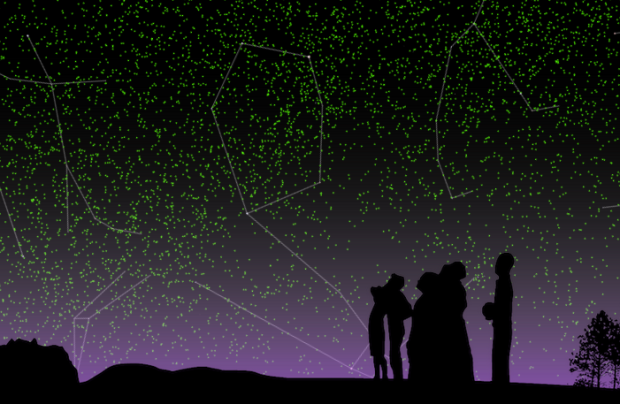

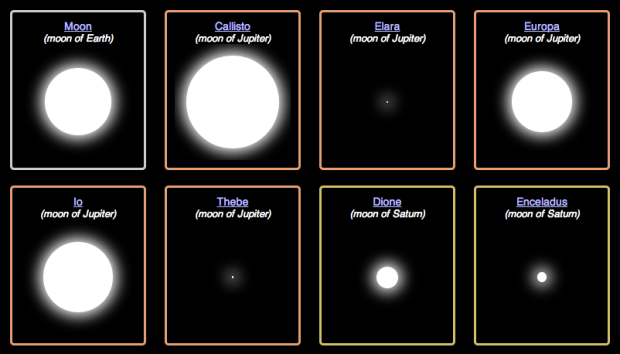
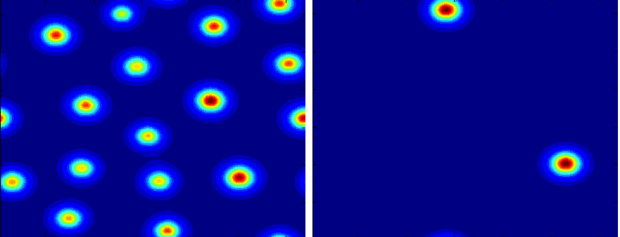

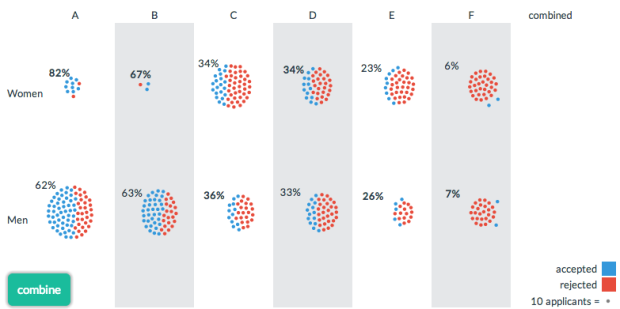
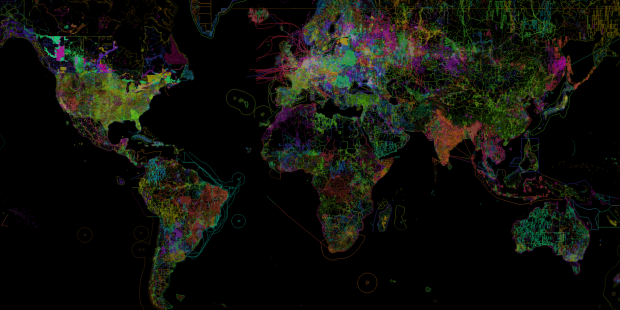
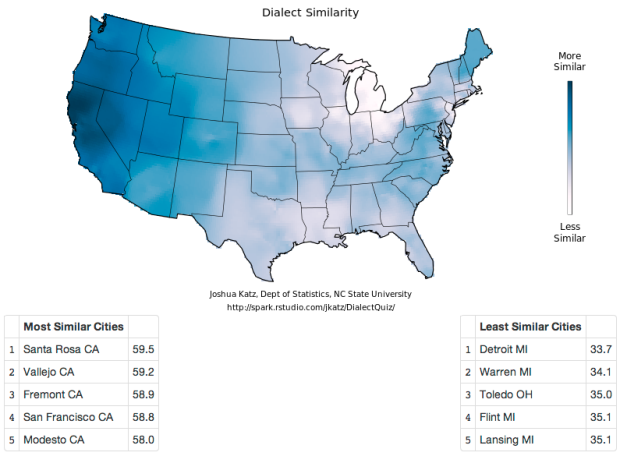
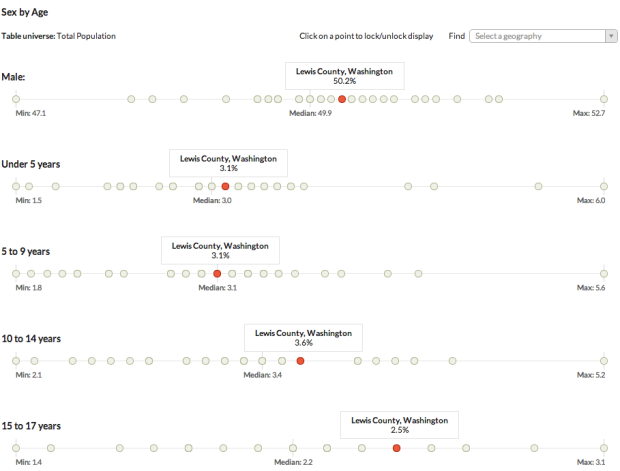
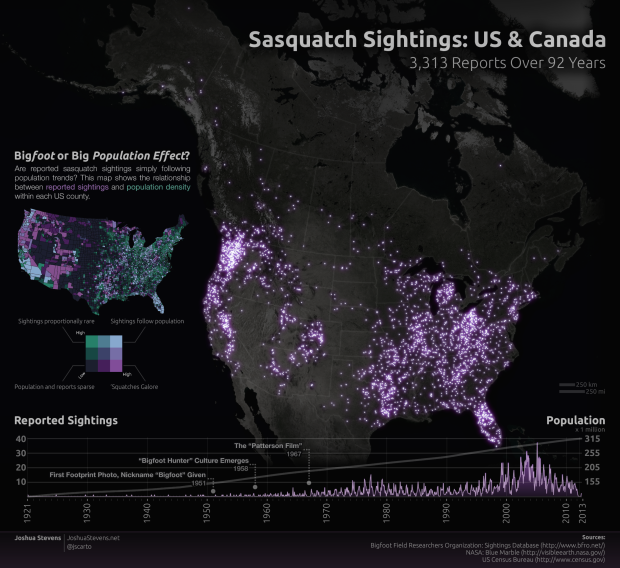


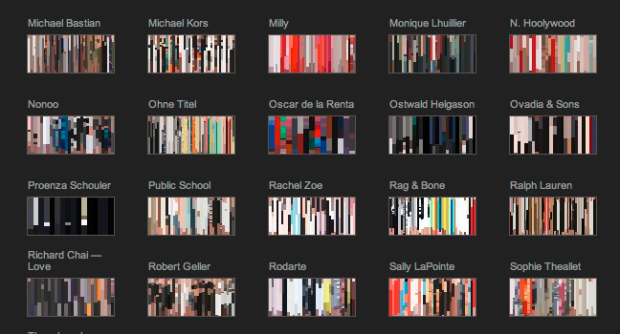

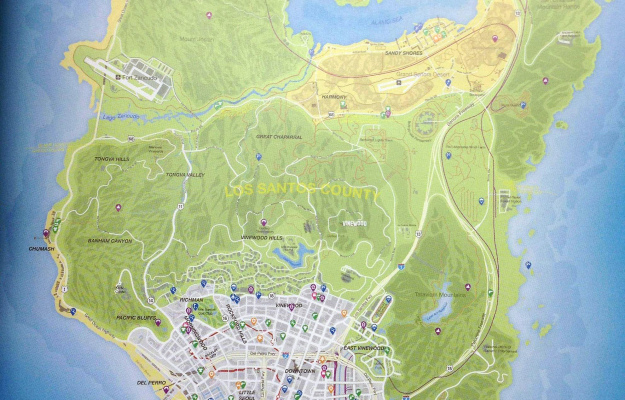


 Visualize This: The FlowingData Guide to Design, Visualization, and Statistics (2nd Edition)
Visualize This: The FlowingData Guide to Design, Visualization, and Statistics (2nd Edition)










